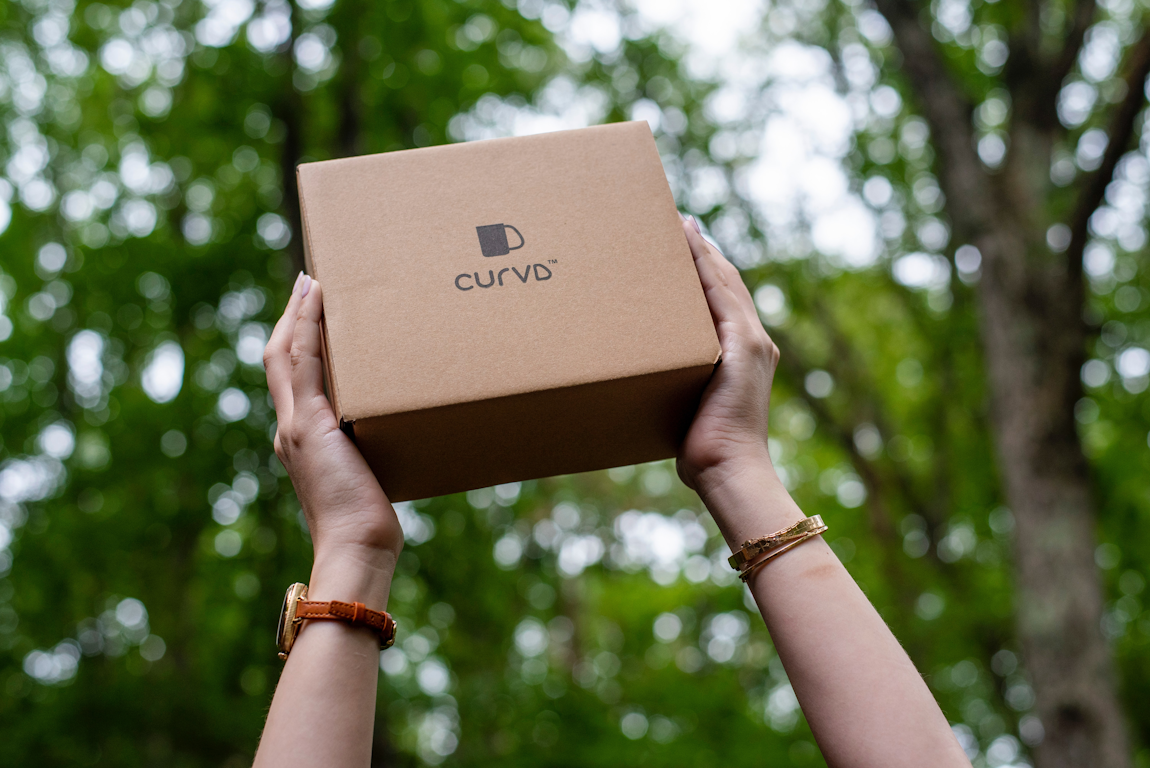Photo credit: Mckinsey & Company
The good news is, Governments on all continents, have responded to public concerns regarding packaging waste, especially single-use packaging waste, and are implementing regulations to minimize environmental waste as well as improving waste management processes.
Does sustainable packaging perform as well as plastic packaging?
Quality and performance are often seen as a weak point as it is widely believed that sustainable packaging is not as strong or cannot do the job required as well.
At Swiftpak we believe it all depends on a company’s sustainability goals. If a business is keen to recycle and operate in a relatively closed loop, then plastic might actually be the better option for them as it can be recycled more often. Or perhaps they may want to have a lower carbon footprint, in which case plastic is also better as paper has a larger carbon footprint than plastic does. This is explained further within our Complete Packaging Sustainability Guide.
However, if your company is one that wants to focus on decreasing leakage into the environment, there are several alternatives available that serve the same purpose as plastic packaging, and performs just as well, such as:
- Paper Voidfill – Paper Voidfill is the perfect protective packaging solution. It’s versatile and reusable and fills the excess space in your package to prevent movement. Not only is this a sustainable packaging option, but it also requires less material to be used compared to other types of voidfill, which enables savings on your packaging.
- Honeycomb Wrap – the best solution if you are someone looking to avoid plastic. Our Honeycomb Wrap operates and performs almost identical to bubble wrap, only it is made of paper. An additional benefit is that it uses up a lot less storage space with the ability to store up to 250m of paper wrap on a single roll.
- Gummed Paper Tape – offers a tamper-evident seal for your packages and protects your goods as well as the environment, what more could you need?
- Supatak Kraft Paper Tape – An eco-friendly taping solution. This paper tape is reinforced with a high strength, high tack adhesive to suit all your sustainable packaging needs.




